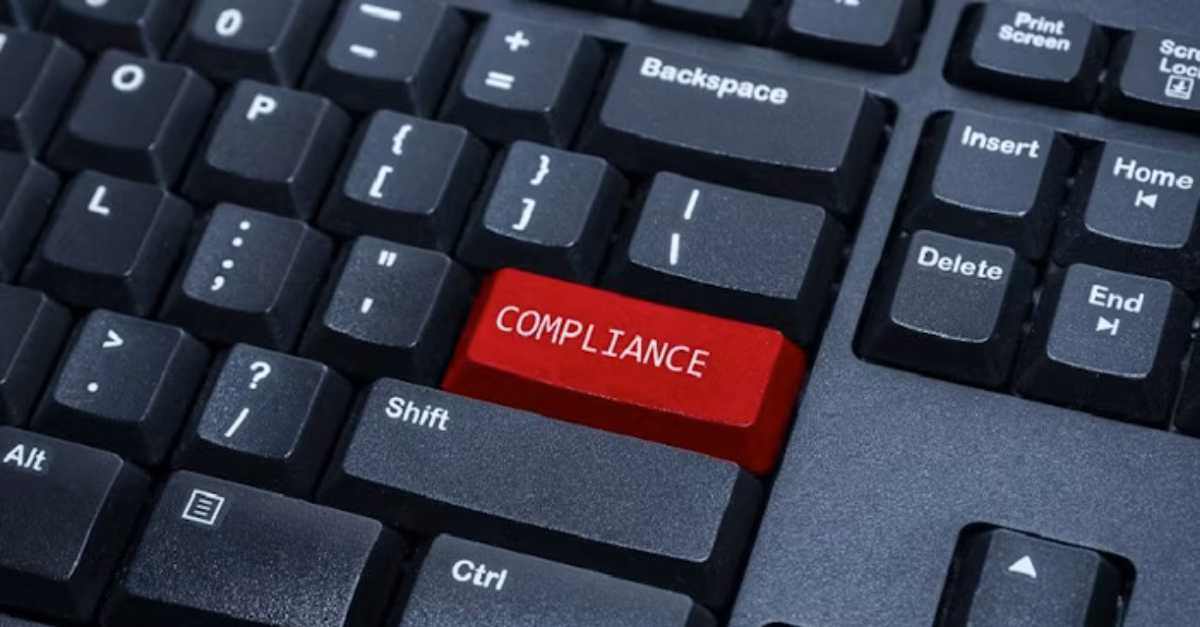
ASC 842 Lease Accounting
ASC 842 lease accounting requires the disclosure of a company's leased assets, classification of lease as finance or operating, and reporting ...
Solutions
Workplace Management Solutions
Real Estate Management Solutions
Maintenance Management Solutions
Energy Management Solutions
Engineering Document Management Solutions
Asset Management Solutions
Automate campus scheduling for classes, meetings, and exams with our EMS software.
Plan and manage conferences effortlessly with EMS software to impress guests and streamline operations.
Boost workplace flexibility and maximize space use with seamless desk and room booking.
Organize workplace or campus events smoothly, creating memorable experiences.
Optimize workspace, manage allocations efficiently, and reduce costs with our space management solutions.
Deliver projects on time and within budget by improving communication, collaboration, and efficiency with our software.
Streamline lease accounting for ASC 842, IFRS, and GASB compliance.
Manage leases efficiently by tracking key dates, analyzing costs, and ensuring compliance.
Centralize data and analytics for better insights, faster negotiations, and revenue growth.
Centralize facility and asset maintenance, automate work orders, and ensure compliance with our CMMS software.
Extend asset life, reduce downtime, and prevent costly repairs with data-driven monitoring.
Prevent equipment failures and extend asset life by detecting and addressing issues early.
Make sustainable, cost-efficient energy decisions by monitoring and optimizing power consumption.
Remotely monitor and control equipment with real-time data to predict issues, boost efficiency, and reduce downtime.
Easily share and collaborate on documents, creating a single source of truth for engineers and contractors.
Manage and analyze assets across their lifecycle to schedule maintenance, reduce downtime, and extend lifespan.
Improve visibility, automate work orders, and ensure compliance for efficient facility and asset management.
Resources
Browse our full library of resources all in one place, including webinars, whitepapers, podcast episodes, and more.
Support
Looking for access to technical support, best practices, helpful videos, or training tools? You’ve come to the right place.
About Accruent
Get the latest information on Accruent, our solutions, events, and the company at large.

Make sense of your data. See how to explore assumptions in FASB lease accounting, understand finance and operating lease requirements, and generate reports.
In our first post of the three-part series on FASB lease accounting readiness, we outlined the first step to FASB and IASB readiness: identify, collect, and load your real estate and equipment leases. In this blog, we’ll discuss steps 2-4, taking the data you have collected and making sense of it.
In step two, you’ll need to determine the accounting assumptions. A few assumptions to consider are: Cost of Capital and Economic and Fair Value thresholds (for FASB only).
When looking into the Cost of Capital Assumption, the data you need should be in the lease, but if not, you should call on a member of your Treasury department. Additionally, when analyzing the Economic and Fair Value threshold assumptions, these should be approved or validated by your Finance group or Corporate Compliance group.
The FASB test has five components. If a lease passes all five, then the lease is treated as an operating lease. If the lease fails any one of the subtests, then the lease is treated as a finance lease. The test outcome determines how the lease is amortized and reported. According to Skoda Minotti, a top tier financial advisor, the requirements are defined below:
In this step, you will be responsible for generating calculations and reports, which can consist of the weighted average lease term and cost of capital, the present value and related interest/amortization components for the balance sheet and P&L, and short-term lease costs.
Our lease accounting solution, Lucernex, has independent, third-party verification of its compliance with the new FASB ASC 842 and IASB IFRS 16 lease accounting standards. We are ready to assist your organization to classify, capture and upload leases accurately with our built-in, intuitive and user-friendly wizards and templates.
Don't miss our first part of the series, Get Your Equipment Leases Ready for FASB and IASB.
ASC 842 lease accounting requires the disclosure of a company's leased assets, classification of lease as finance or operating, and reporting ...
Learn the basics of lease accounting and types of leases, why lease accounting is important, and how FASB and IFRS standards have changed.
Learn about the importance of roll-forward reports in lease accounting and how a lease accounting solution can streamline these tasks and improve ...
Subscribe to stay up to date with our latest news, resources and best practices